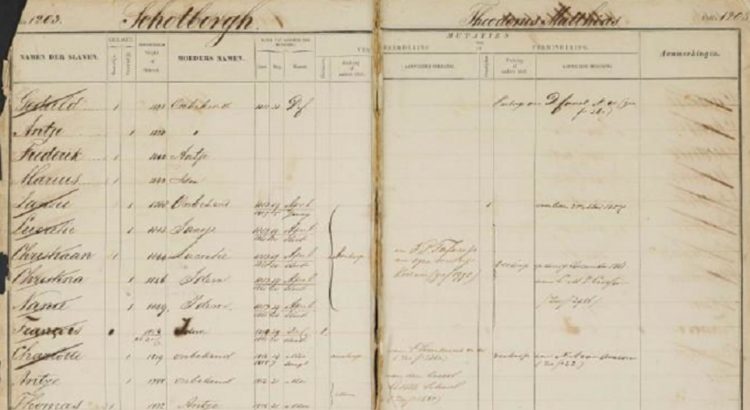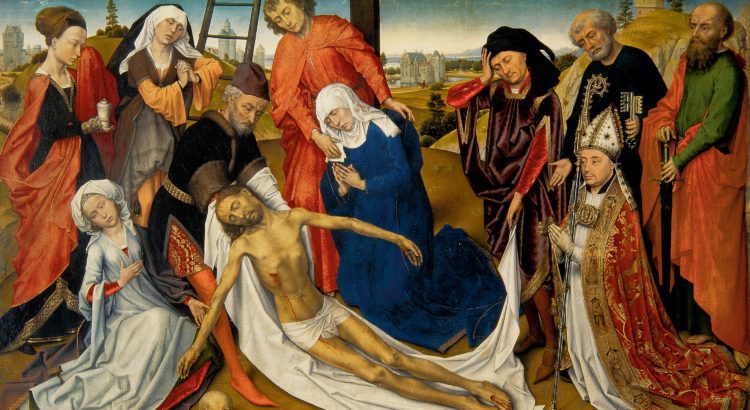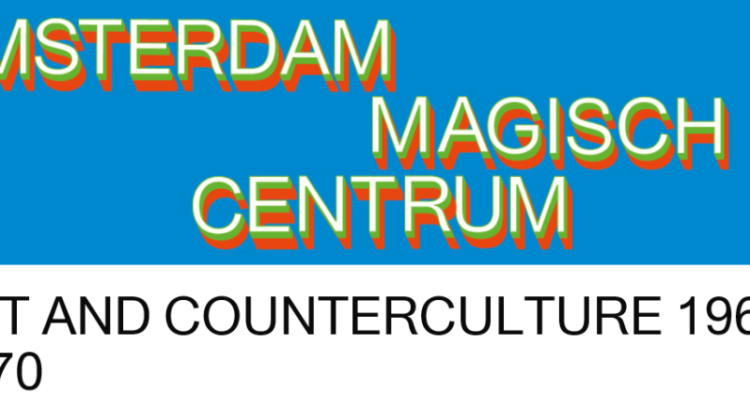Nowadays, websites are often used to keep in touch with personal memories of a certain historical event. The website of the Jewish monument is an example of this. It has two goals: first to keep alive the remembrance of the Jewish people in the Netherlands, second to make Jewish relatives able to find their roots.[1] […]

Digital slavery registers: making a dark period more transparent
For many countries it is a black page in history: the history of slavery. Fortunately, there is more and more open discussion and publication about this. The internet is a perfect place for this. In this blogpost we will dive deeper into two slave registers: one of Suriname, one of the former British Colonial Dependencies. It will be […]
Wherewereyou.org and Groeistad.nl: Contributing in 2001 and 2018 a comparison
We looked at two different digital collecting sites, wherewereyou.org and groeistad.nl. These two websites are very different, both in their functionality as the time they were launched. Wherewereyou.org The website wherewereyou.org was started by three undergraduate students without any specific funding. They wanted to collect personal narratives about September 11 from people all around […]
What tools are used to motivate participation on historical websites?
In this blog, we analyse the website ‘The September 11 Digital Archive’, saving the histories of September 11, 2001, and ‘WieWasWie’, a website focussed on genealogy and archival material. We will do this using questions and analysing methods used by Cohen and Rosenzweig. The September 11 Digital Archive In the ‘About’ section of this […]

Comparison of two interactive archives
This blogpost is about the comparison of one archival website with another. The first archive we studied was one of the archives that is mentioned in the article of Daniël Cohen en Roy Rosenzweig, called BBC’s WW2 People’s War project. Although the project of the online archive is finished, the archive itself is still on […]
Scheepvaartmuseum: Too much information for one visit?
Before visiting the Scheepvaartmuseum (Maritime Museum) I looked up their opening times on their website. Almost all Dutch museums can be found on the internet, either with their own website or on websites about the area they are located. These websites show information to possible visitors about the museum. Some websites offer more than just […]

‘Rogier van der Weyden ontsluierd’: How do Late Medieval art works and digital tools combine?
During a project that took place in the summer of 2018 in the Mauritshuis in The Hague, by itself a marvelous historical location built in the seventeenth century, the curators took us back to the Late Medieval period. In this exhibition, visitors get an insight into the process of painting in the fifteenth century. On […]

Which voice would be the public’s choice?
Like many other cities, Amsterdam likes to cling to the time when it was the centre of the world. In the exhibition ‘Amsterdam Magisch Centrum (Amsterdam Magical Centre)’ this centre position, for once, is not situated in the seventeenth century Dutch Golden Age, but in the rousing sixties. It was the artist and well known […]

Digitising the Kaasmuseum – was it worth it?
As a Dutchwoman with roots in Noord-Holland, cheese making is something that my ancestors, if they did not actually partake in it themselves, would at least have been very familiar with. The Hollands Kaasmuseum (Holland Cheese Museum) in Alkmaar is therefore a place I long felt I should visit at some point, and now, with […]
Projecting your own expressionist art?
Everyone, including me, who ever visited a modern or contemporary art museum can get a little bit confused by its content. ‘How can this be art?’ ‘What has this to do with art history?’ or ‘How can you find this just as beautiful as the great works of Rembrandt or Da Vinci?’ are questions that […]